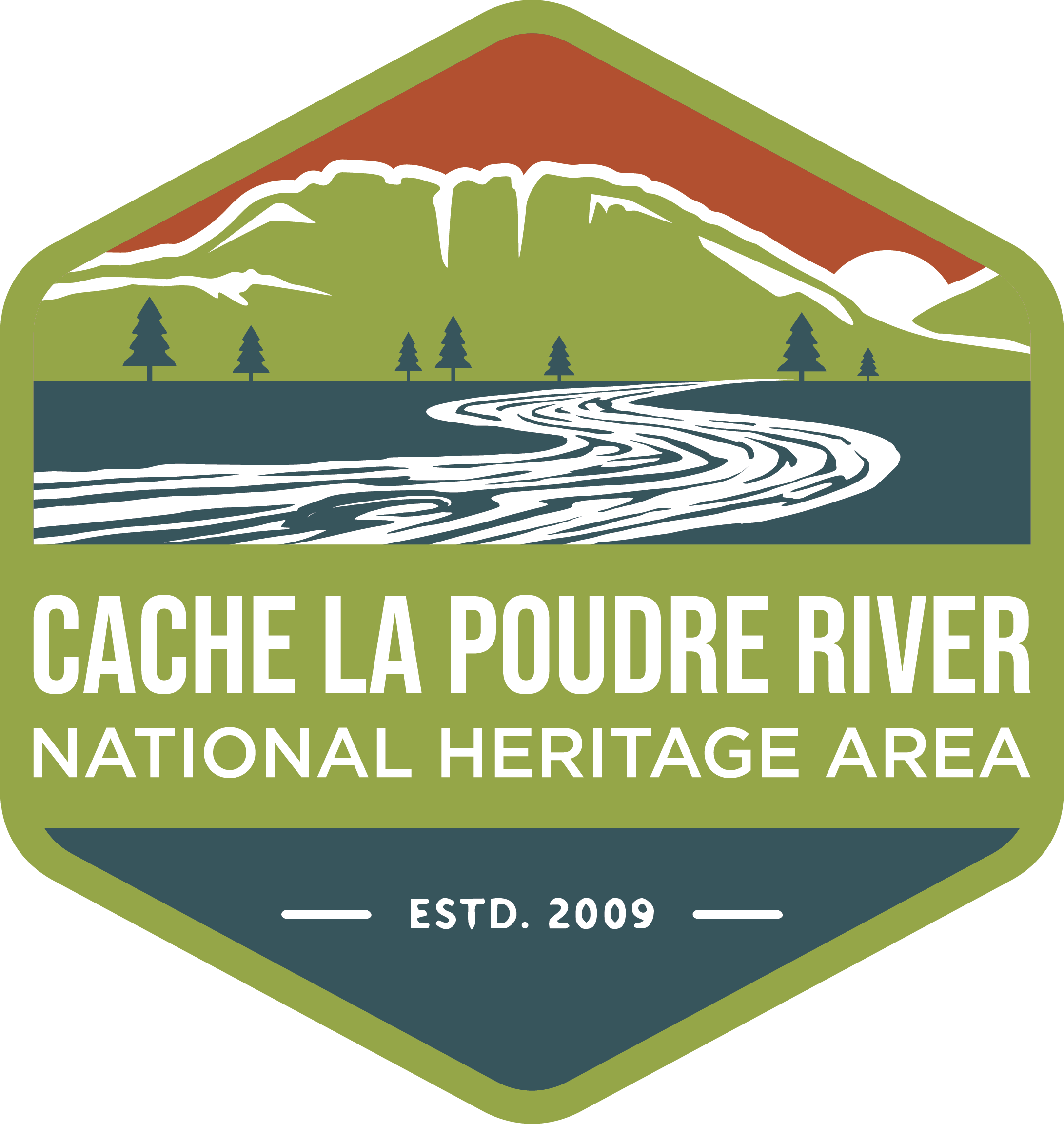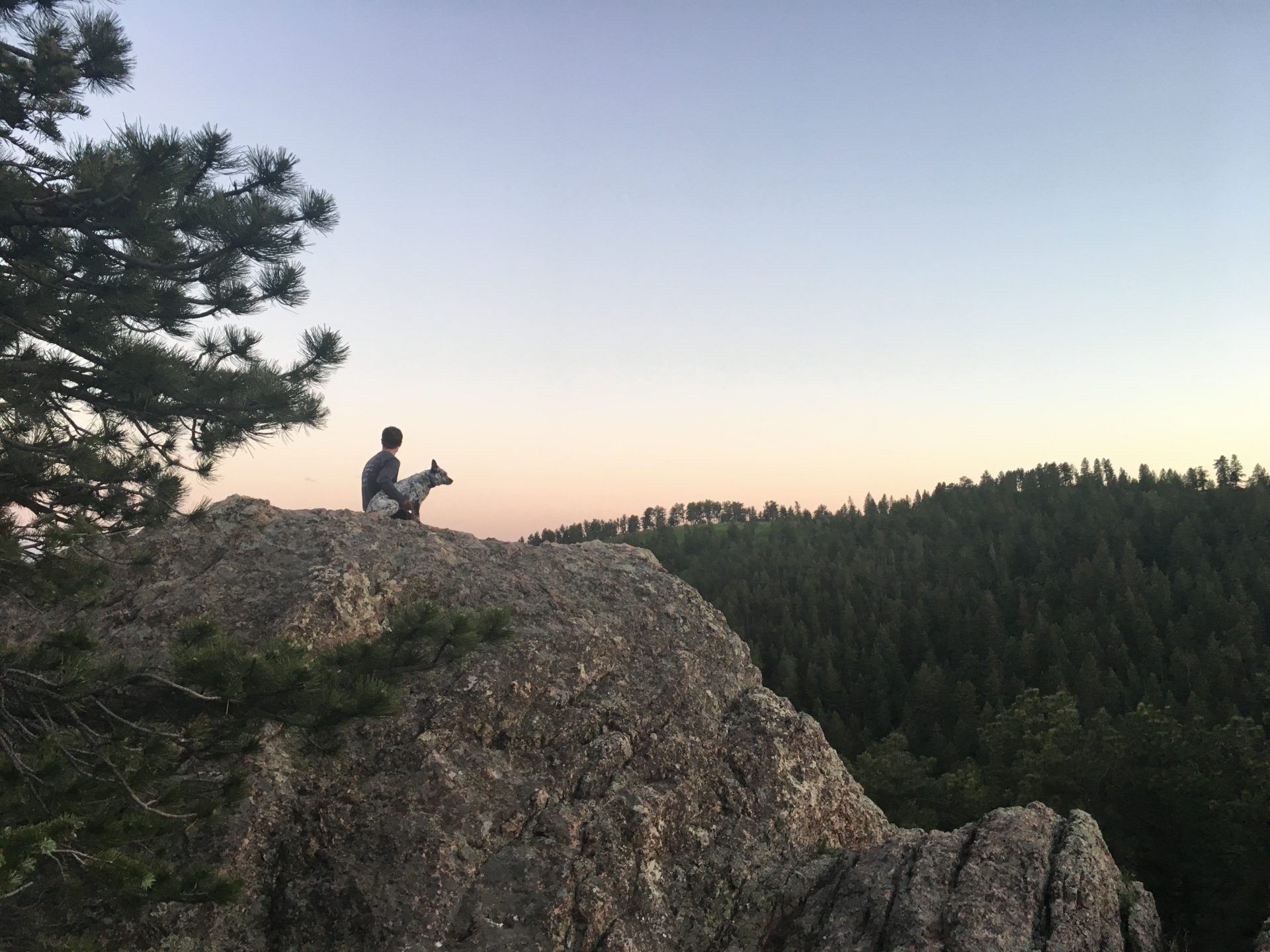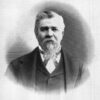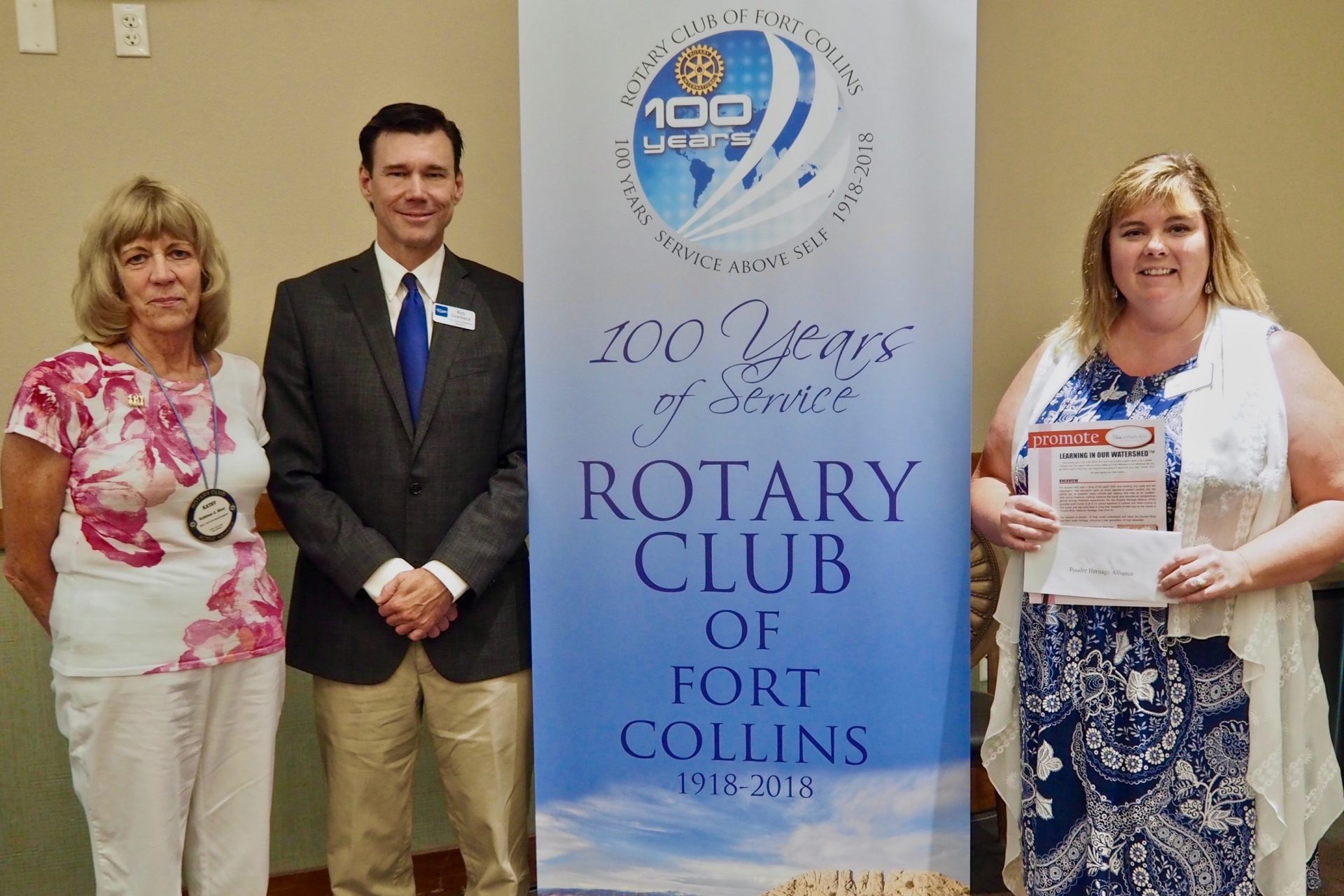
Rotary Club of Fort Collins Supports Learning in Our Watershed™
FORT COLLINS (July 30, 2018) – Students really do learn on field trips, yet they are in danger of disappearing from American schools, particularly for disadvantaged students. Figures show that field trips have dropped nationwide an estimated 30 to 50% since 2002.With skyrocketing bus costs, school budgets decreasing, and the expectation that educators present as much standards-related content in the school day as possible, many schools are viewing field trips as an unattainable luxury.
However, thanks to a $4,000 grant from the Rotary Club of Fort Collins awarded to the Poudre Heritage Alliance (PHA), students in Larimer County will be able to learn outside the walls of the classroom.
Through its Learning in Our Watershed™ program, the Poudre Heritage Alliance provides funding for field trips to K-12 school teachers in Larimer and Weld County that bring students to the Cache la Poudre River National Heritage Area. The mission is simple – to help youth understand and value the Poudre River and their water heritage, ensuring a next generation of river stewards.
As part of this new grant from the Rotary Club, PHA will be able to provide more volunteer support from its Heritage Culturalists in teaching these program participants about the Heritage Area. Also, educational videos and other materials will be available to enhance the experience before the field trip even begins.
Studies have shown that field trips and hands-on learning make concepts more memorable, and enhance students’ critical thinking skills, historical empathy, tolerance and appreciation for museums and natural areas.
One teacher from Irish Elementary expressed these thoughts about their Learning in Our Watershed™ field trip:
“Students learned about the water cycle, water conservation, and river systems this year in 3rd grade. The field trip helped the students further understand the importance of the Poudre river in Fort Collins and all the ways we use it. They also learned how to keep rivers clean and how to conserve water on a daily basis. They also learned about the ecology of the Poudre river.
Thank you very much for the scholarship! If not for you our students would not be able to take advantage of this wonderful opportunity.”
Thanks to support from the Rotary Club of Fort Collins, the Poudre Heritage Alliance will be able to expand opportunities for youth to directly experience and come to appreciate the Cache la Poudre River National Heritage Area. To receive a scholarship award for 2018-2019, applicants need to apply online: https://poudreheritage.org/field-trip-grants/
///
ABOUT THE CACHE LA POUDRE RIVER NATIONAL HERITAGE AREA AND THE POUDRE HERITAGE ALLIANCE
The Cache la Poudre River National Heritage Area (CALA) tells the story of the river where Western Water Law began and still informs the use of water throughout the arid West today. CALA shares the long struggle to sustain a viable agricultural economy, and meet the growing needs of a diverse and expanding population, while conserving the Poudre River’s health.
CALA’s 501(c)3 nonprofit managing entity – the Poudre Heritage Alliance – PROMOTES a variety of historical and cultural opportunities; ENGAGES people in their river corridor; and INSPIRES learning, preservation, and stewardship. Find out more at: https://poudreheritage.org/
ABOUT THE ROTARY CLUB OF FORT COLLINS
The mission of the Rotary Club of Fort Collins is to provide direct service to others in our city, to promote high ethical standards throughout our community, and to advance world understanding, goodwill and peace through our fellowship of business, professional, and community leaders.
The vision of the Rotary Club of Fort Collins is to be known for our service to the members of this city and for our commitment to Service Above Self helping disenfranchised children and others throughout the local and global community. Find out more at: https://www.rotarycluboffortcollins.org/

Picture above: PHA Chairman Bob Overbeck and PHA Executive Director Kathleen Benedict receive $4,000 grant from Fort Collins Rotary Club at July 11 luncheon
MEDIA CONTACT:
Poudre Heritage Alliance
Jordan Williams
